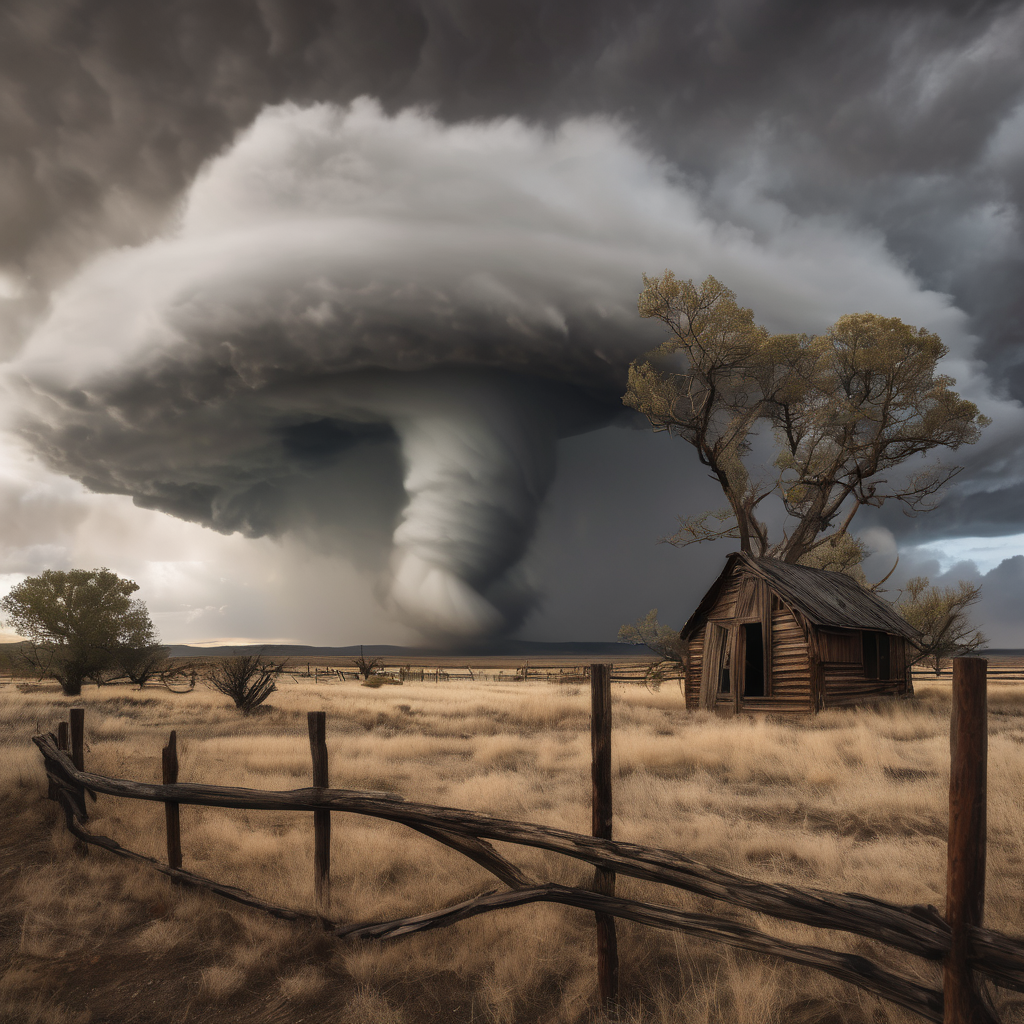A recent preliminary report has revealed that one of the two tornadoes that touched down in southeast Utah earlier this month reached wind speeds of 120 mph, resulting in significant structural damage in the region. According to the National Weather Service’s Grand Junction, Colorado office, severe weather activity began near Montezuma Creek on September 13, when the first tornado emerged northeast of the community around 12:30 p.m. While this twister was brief and its strength indeterminate, it did pave the way for a more formidable second tornado.
This second tornado, deemed “more well-developed,” touched down shortly before 1 p.m., in close proximity to the initial tornado’s path. Clocking peak speeds that rated as an EF-2 on the Enhanced Fujita Scale, it sustained itself for approximately 47 minutes, covering about a mile before dissipating at 1:45 p.m. The report underscores that local officials and video recordings captured the tornado mostly maintaining a near-stationary position before it faded away.
The tornadoes resulted in the destruction of three homes in the McCracken Mesa and Cahone Mesa areas, though, fortunately, no injuries were reported. The aftermath saw some animals unaccounted for and additional property damage. Instances of tornado occurrences are infrequent in Utah, with the state averaging about two annually. Historically, San Juan County reported just three tornadoes between 1950 and 2024, two of which were noted last year. None of these had exceeded an EF-0 rating.
Adding to the county’s unusual weather events this year was a rare “firenado,” which transpired as the Deer Creek Fire near La Sal sparked tornado-like conditions. This firenado endured for 12 minutes, with wind speeds peaking at 122 mph, registering an EF-2 rating. While no injuries were reported, the firenado inflicted damage on both structures and a Bureau of Land Management fire engine, combining elements of fire and wind in its unique path of destruction.
These recent events highlight the unpredictable nature of severe weather in Utah, though, with no injuries reported, communities like Montezuma Creek can find relief in having emerged largely unscathed, despite the close call. This serves as a stark reminder of nature’s power and the importance of preparedness, even in regions where such phenomena are traditionally uncommon.
